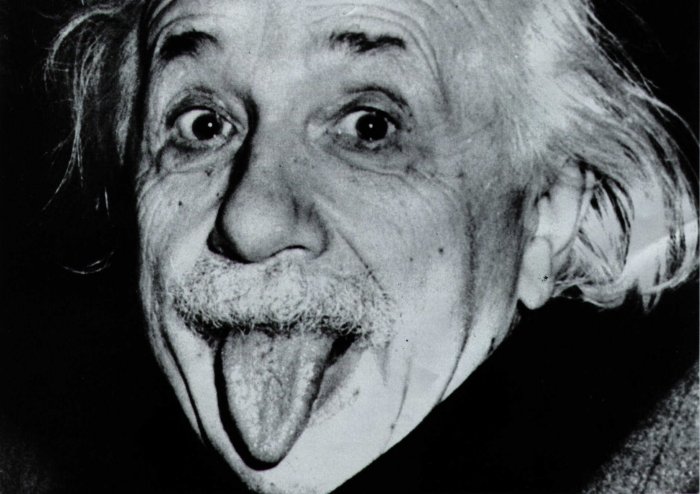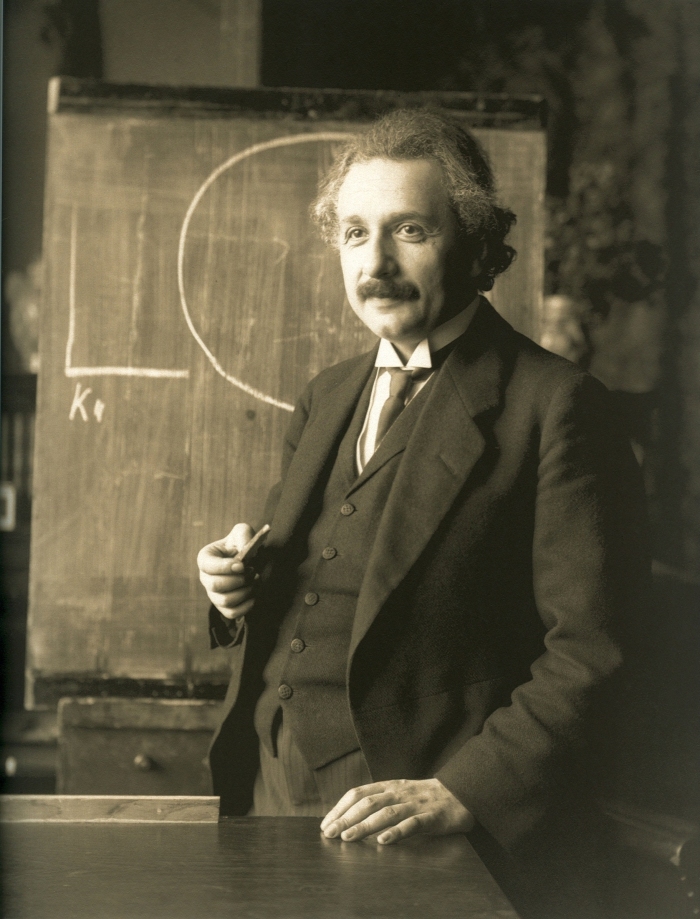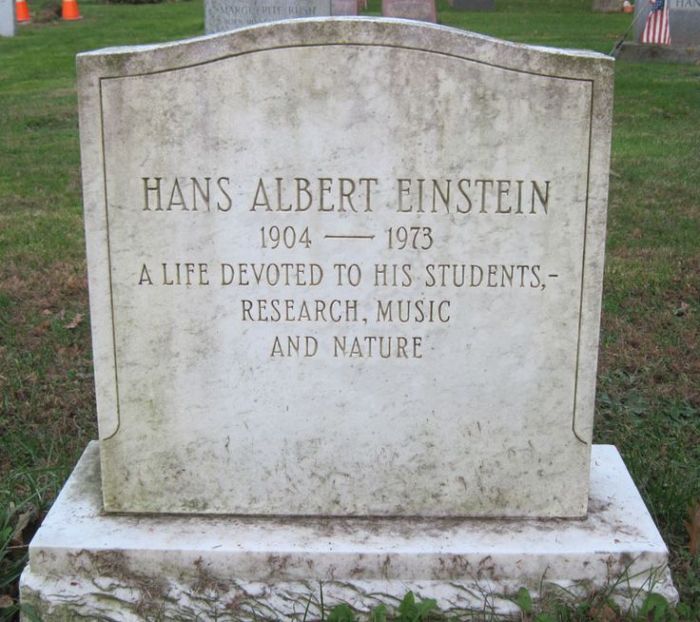Albert Einstein in 1905, tore a hole in modern physics when he suggested, the Theory of Relativity. The whole scientific world was set ablaze and since then, our understanding and perspective of space-time, the speed of light, and energy has completely changed, in a way we couldn’t have imagined. Here are the details!

Albert Einstein was a funny, sometimes humorous character, the enlightened the world with his brilliant concepts, ideas, and faces! He was born in Kingdom of Württemberg, of the German Empire. He was from a family of Jews, and was relatively poor performing in school (pun intended). His father’s Direct Current (DC) business failed to Alternating Current (AC) and their family moved to Italy in search of business.
In 1895, at the age of 16, Einstein sat the entrance examinations for the Swiss Federal Polytechnic in Zürich. He failed to reach the required standard in the general part of the examination, but graded well in mathematics and physics. While lodging with the family of Professor Jost Winteler, he fell in love with Winteler’s daughter, Marie. In September 1896, he passed the Swiss Matura with mostly good grades, including a top grade of 6 in physics and mathematical subjects, on a scale of 1–6. Though only 17, he enrolled in the four-year mathematics and physics teaching diploma program at the Zürich Polytechnic. Marie Winteler moved to Olsberg, Switzerland, for a teaching post. Einstein’s future wife, Mileva Marić, also enrolled at the Polytechnic that same year. She was the only woman among the six students in the mathematics and physics section of the teaching diploma course. Over the next few years, Einstein and Marić’s friendship developed into romance, and they read books together on extra-curricular physics in which Einstein was taking an increasing interest. In 1900, Einstein was awarded the Zürich Polytechnic teaching diploma, but Marić failed the examination with a poor grade in the mathematics component, theory of functions. Einstein and Marić married in January 1903. In May 1904, the couple’s first son, Hans Albert Einstein, was born in Bern, Switzerland. Their second son, Eduard, was born in Zürich in July 1910. In 1914, the couple separated; Einstein moved to Berlin and his wife remained in Zürich with their sons. They divorced on 14 February 1919, having lived apart for five years. Eduard, whom his father called “Tete” (for petit), had a breakdown at about age 20 and was diagnosed with schizophrenia. His mother cared for him and he was also committed to asylums for several periods, including full-time after her death. As you can see, his life wasn’t really full of happiness, success or joy. In letters revealed in 2015, Einstein wrote to his early love, Marie Winteler, about his marriage and his still strong feelings for Marie. In 1910 he wrote to her that “I think of you in heartfelt love every spare minute and am so unhappy as only a man can be” while his wife was pregnant with their second child. Einstein spoke about a “misguided love” and a “missed life” regarding his love for Marie.

Einstein was awarded a PhD by the University of Zürich, with his dissertation entitled, “A New Determination of Molecular Dimensions.” That same year, which has been called Einstein’s annus mirabilis (miracle year), he published four groundbreaking papers, on the photoelectric effect, Brownian motion, special relativity, and the equivalence of mass and energy, which were to bring him to the notice of the academic world. By 1908, he was recognized as a leading scientist and was appointed lecturer at the University of Bern. The following year, after giving a lecture on electrodynamics and the relativity principle at the University of Zurich, Alfred Kleiner recommended him to the faculty for a newly created professorship in theoretical physics. Einstein visited New York City for the first time on 2 April 1921, where he received an official welcome by Mayor John Francis Hylan, followed by three weeks of lectures and receptions. He went on to deliver several lectures at Columbia University and Princeton University, and in Washington he accompanied representatives of the National Academy of Science on a visit to the White House. On his return to Europe he was the guest of the British statesman and philosopher Viscount Haldane in London, where he met several renowned scientific, intellectual and political figures, and delivered a lecture at King’s College. In 1922, his travels took him to Asia and later to Palestine, as part of a six-month excursion and speaking tour, as he visited Singapore, Ceylon and Japan, where he gave a series of lectures to thousands of Japanese. After his first public lecture, he met the emperor and empress at the Imperial Palace, where thousands came to watch. In a letter to his sons, Einstein described his impression of the Japanese as being modest, intelligent, considerate, and having a true feel for art. He wasnt racist!
In February 1933 while on a visit to the United States, Einstein knew he could not return to Germany with the rise to power of the Nazis under Germany’s new chancellor, Adolf Hitler. In April 1933, he also discovered that the new German government had passed laws barring Jews from holding any official positions, including teaching at universities. Historian Gerald Holton describes how, with “virtually no audible protest being raised by their colleagues,” thousands of Jewish scientists were suddenly forced to give up their university positions and their names were removed from the rolls of institutions where they were employed. A month later, Einstein’s works were among those targeted by Nazi book burnings, with Nazi propaganda minister Joseph Goebbels proclaiming, “Jewish intellectualism is dead.” Einstein became an American citizen in 1940. Not long after settling into his career at the Institute for Advanced Study (in Princeton, New Jersey).

Einstein’s “Zur Elektrodynamik bewegter Körper” (“On the Electrodynamics of Moving Bodies”) was received on 30 June 1905 and published 26 September of that same year. It reconciles Maxwell’s equations for electricity and magnetism with the laws of mechanics, by introducing major changes to mechanics close to the speed of light. This later became known as Einstein’s special theory of relativity.
Consequences of this include the time-space frame of a moving body appearing to slow down and contract (in the direction of motion) when measured in the frame of the observer. This paper also argued that the idea of a luminiferous aether—one of the leading theoretical entities in physics at the time—was superfluous.
In his paper on mass–energy equivalence, Einstein produced E = mc2 from his special relativity equations. Einstein’s 1905 work on relativity remained controversial for many years, but was accepted by leading physicists, starting with Max Planck. Einstein was displeased with quantum theory and quantum mechanics (the very theory he helped create), despite its acceptance by other physicists, stating that God “is not playing at dice.” Einstein continued to maintain his disbelief in the theory, and attempted unsuccessfully to disprove it until he died at the age of 76. Einstein collaborated with others to produce a model of a wormhole. His motivation was to model elementary particles with charge as a solution of gravitational field equations, in line with the program outlined in the paper “Do Gravitational Fields play an Important Role in the Constitution of the Elementary Particles?”. These solutions cut and pasted Schwarzschild black holes to make a bridge between two patches.

A Life devoted to his students, research, music, and nature.
I know this was one of the longer posts, but i tried to leave out as much I could. In fact I think i left out too much. If you want to know more, or want more details, have a look on wiki-pedia.









